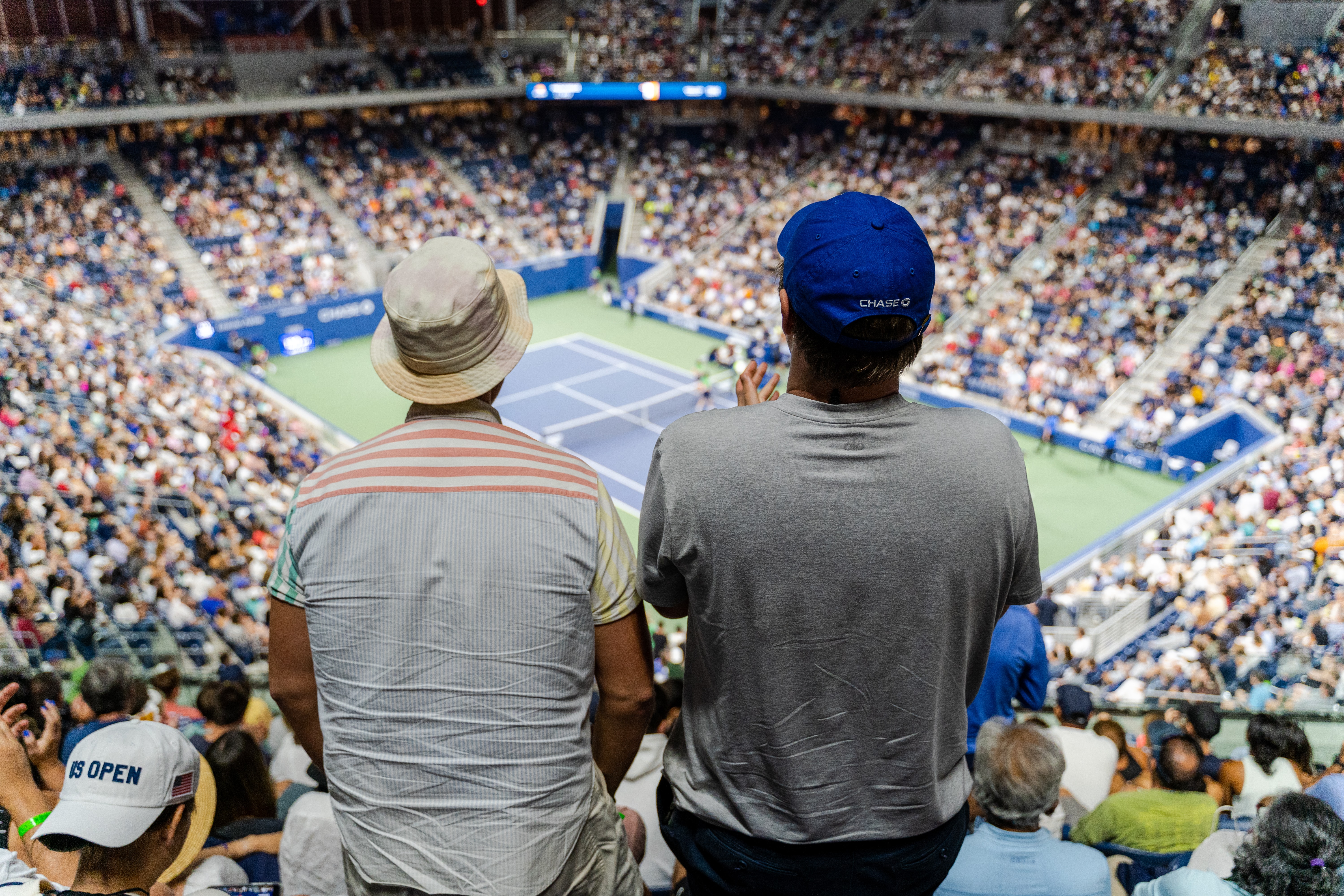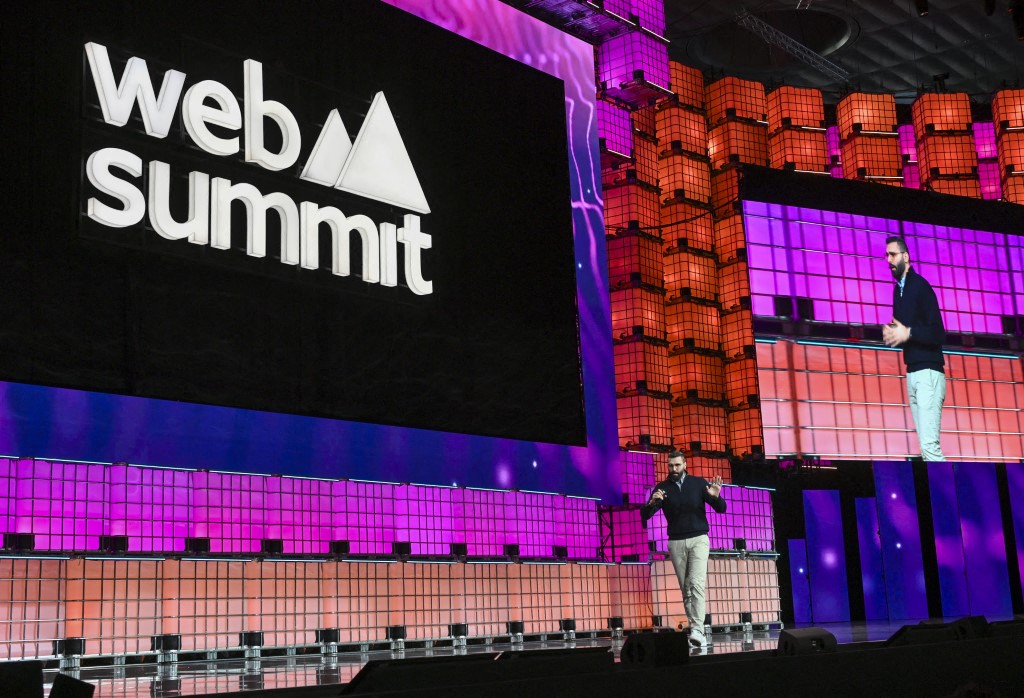Mega-events always have the capacity to surprise us and provide us with a glimpse of broader processes and tendencies at play in global life. Brands have the opportunity to build a stronger emotional connection with their consumers. In light of the upcoming FIFA World Cup, understanding fandom behavior and psychology can help brands create an impact and leverage the occasion to their advantage.
TikTok’s Head of Business Partnerships for Managed Services across MENA, Joanne Chehab discusses how mega sports events can be turned into the ultimate opportunity to connect with their existing and potential target audiences.

In the image above: Joanne Chehab, Head of Business Partnerships for Managed Services, TikTok MENA
How can being a sports fan affect a consumer's behavior, especially during mega sports events?
Fandom in general is characterized by the strong attachment and heightened emotions related to whatever it is the fan is devoted to – and sports fans are no exception.
What’s interesting is that during mega-sports events, we find that many people who aren’t typically interested in the sport are watching and passionately cheering alongside mega-fans.
One way to understand such behavior is by analyzing group dynamics. At first glance, it seems that during sports events, in-groups may be formed by fans of opposing teams. But in reality, fans of different teams come together to watch, cheer, and review games, so the divide lies elsewhere: it's between the in-group who is engaging with the event and has something to say, versus the out-group who is more passively engaged.
What makes these sports events so unique? Why should brands invest in building content in line with these occurrences?
The sheer scale of mega sports events provides an unparalleled opportunity for brands to connect with millions of consumers. Such events are one of the few contexts where we see huge numbers of people act so coherently and in tandem. Additionally, the heightened emotions surrounding mega sports events create the potential for brief, but highly impactful and memorable moments – much like a football soaring into the net.
In short, these events give brands an opportunity to extract outsized results and build lasting connections with their audience.
What are the key takeaways for a brand that might be selling to a customer who is a part of a fan community? How is marketing to a fan different from marketing to an everyday consumer?
As a brand, you need to come to play, do so in a big way, and be relevant, while staying true to what you stand for.
When marketing to fans, brands must not try to integrate the event into their communication at a shallow level – they will quickly find themselves falling out of favor as the out-group. Instead, brands need to establish themselves as "insiders"; this means having a meaningful role to play, while truly listening to the social conversation and contributing to it.
Micro-conversations that emerge throughout the event are key: the emotional, the funny, the ecstatic, the sad, and the history-defining moments – but also the trends, the challenges, the screams, and the cheers. These moments that only true insiders engage in are short-lived and evasive but massive in scale and impact. Agility and speed of developing content becomes crucial but more important still is the ability of brands to maintain their purpose and brand personality throughout these conversations.
How can fan behaviors be identified? How can marketers and brands leverage these insights for effective targeting?
Fan behavior around mega sports events can be studied at the intersection of behavioral science and marketing research. One such behavior is the chameleon mechanism that some fans employ during these occasions. At a time when seemingly everyone is watching and talking about the same mega sporting event, many don't have much to say about it and find themselves under the threat of being eclipsed in social conversation.
Winning brands are the ones that activate a chameleon mechanism and carve out their own contextual role during the event. This is best done by finding the intersection between the brand's purpose, and the event's context, allowing marketers to articulate a unique voice that gives impetus to the brand's presence beyond highlighting the event itself.
Additionally, during mega sports events, people are primed to look for superlatives – the entire discourse becomes about the best team, the quickest goalkeeper, the fastest player, the largest stadium, the loudest fanbase, and so on.
As it turns out, in a context where superlatives reign supreme, brands need to activate proportionately to the size of the event or risk being shadowed by the colossal amount of noise generated by other brands and by the event itself.
What kind of insights should marketers look at during these events?
During mega sports events, it’s important to stop thinking about “who” the audience is and to start thinking about “what” interests them. Connecting to groups or subcultures with common interests and ideas allows businesses to transcend demographics like age, gender, and location. Brands that can tap into the power of a sub-culture tap into a level of brand affinity and purchasing behavior that can elevate them to cult status.






